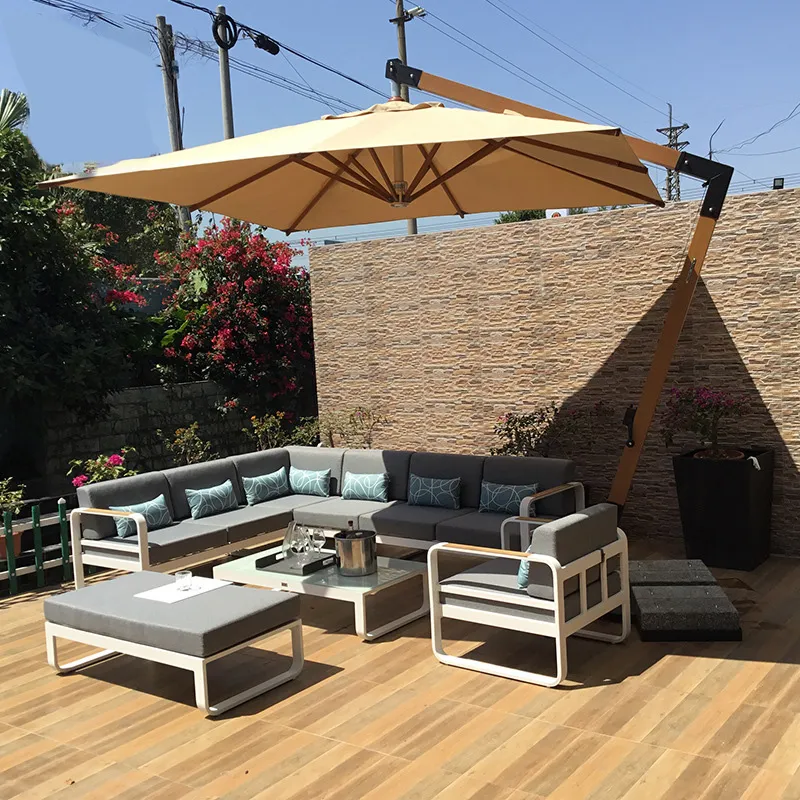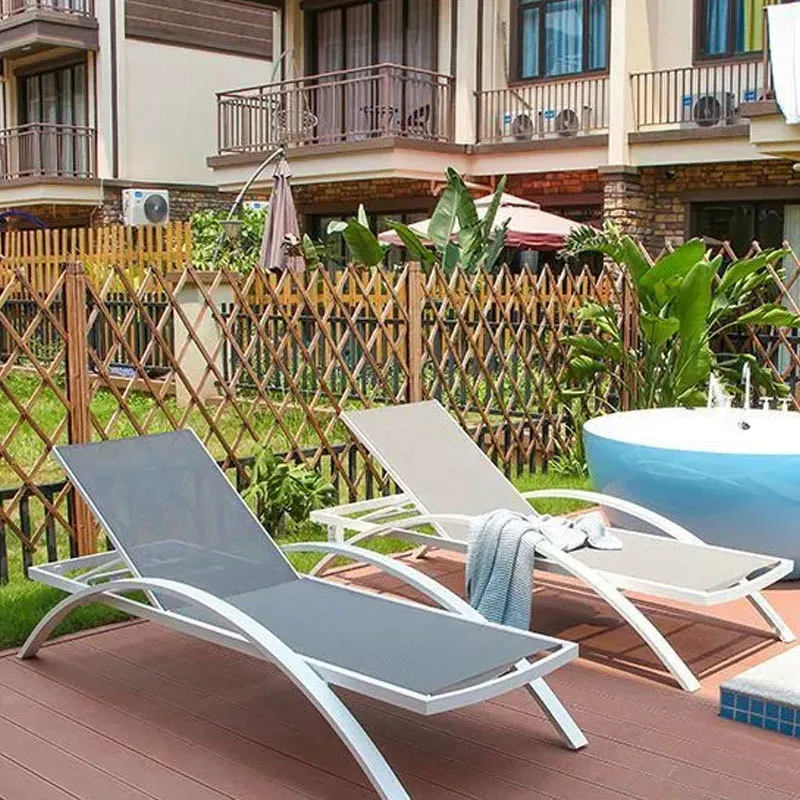Top Tips for Maintaining Your Low-Maintenance Garden Furniture
Introduction
Low-maintenance garden furniture is a fantastic investment for any outdoor space, providing comfort and style with minimal upkeep. However, to ensure your furniture remains in excellent condition and lasts for years, some basic maintenance practices are essential. In this article, we’ll share top tips for maintaining your low-maintenance garden furniture, so you can enjoy your outdoor oasis without the hassle.
Regular Cleaning
Keeping your low-maintenance garden furniture clean is the easiest way to preserve its appearance and longevity. Most materials, such as synthetic wicker, aluminum, and plastic, require only a simple cleaning routine:
- Use a soft brush or cloth to remove loose dirt and debris.
- Wash the furniture with a mixture of mild soap and warm water.
- Rinse thoroughly with a garden hose and let it air dry.
Performing regular cleaning, especially after heavy use or exposure to the elements, will prevent the buildup of grime and maintain the furniture’s fresh look.
Protect from the Elements
Even though low-maintenance garden furniture is designed to withstand outdoor conditions, additional protection can extend its lifespan. Consider the following protective measures:
- Use furniture covers when your garden set is not in use, especially during harsh weather conditions like heavy rain, snow, or intense sun.
- Store your furniture in a shed or garage during the off-season or when not in use for extended periods.
- Arrange your furniture in shaded areas or use umbrellas to reduce direct sun exposure, which can cause fading over time.
Check and Tighten Hardware
Regularly check the hardware on your garden furniture, such as screws, bolts, and nuts, to ensure they remain secure. Loose hardware can affect the stability and safety of your furniture. Use the following tips:
- Inspect all joints and connections every few months.
- Tighten any loose screws or bolts with the appropriate tools.
- Replace any damaged or missing hardware promptly to maintain the integrity of the furniture.
Treat Stains Promptly
Accidental spills and stains can happen, even on low-maintenance garden furniture. Treating stains promptly will prevent permanent marks and keep your furniture looking its best:
- Blot liquid spills immediately with a clean, dry cloth to absorb as much as possible.
- For tougher stains, use a mild soap solution and a soft brush to gently scrub the affected area.
- Rinse thoroughly and allow the furniture to air dry.
Avoid using harsh chemicals or abrasive cleaners, as they can damage the finish and material.
Inspect for Wear and Tear
Regular inspections can help identify any signs of wear and tear early, allowing you to address issues before they worsen. Look for the following during your inspections:
- Cracks, splits, or breaks in the material.
- Rust or corrosion on metal components.
- Worn-out cushions or fabric.
Addressing these issues promptly by repairing or replacing damaged parts will ensure the longevity and safety of your garden furniture.
Conclusion
Maintaining your low-maintenance garden furniture is simple and straightforward with these top tips. Regular cleaning, protecting from the elements, checking and tightening hardware, treating stains promptly, and inspecting for wear and tear will keep your furniture looking great and performing well for years to come. With minimal effort, you can enjoy your outdoor space with stylish and durable furniture that stands the test of time.
FAQ
How often should I clean my low-maintenance garden furniture?
- Regular cleaning should be done every few weeks or as needed, especially after heavy use or exposure to dirt and debris.
What’s the best way to protect my garden furniture from the elements?
- Use furniture covers, store the furniture during the off-season, and arrange it in shaded areas or use umbrellas to reduce sun exposure.
How can I ensure the hardware on my garden furniture remains secure?
- Inspect all joints and connections every few months and tighten any loose screws or bolts with the appropriate tools.
What should I do if my garden furniture gets stained?
- Blot liquid spills immediately, use a mild soap solution for tougher stains, and avoid harsh chemicals or abrasive cleaners.
How can I identify wear and tear on my garden furniture?
- Look for cracks, splits, rust, corrosion, and worn-out cushions during regular inspections. Address any issues promptly to ensure longevity and safety.
Why is it important to inspect garden furniture regularly?
- Regular inspections help identify signs of wear and tear early, allowing you to address issues before they worsen and ensuring the furniture’s longevity and safety.

bistro table and chairs
- Regular inspections help identify signs of wear and tear early, allowing you to address issues before they worsen and ensuring the furniture’s longevity and safety.


